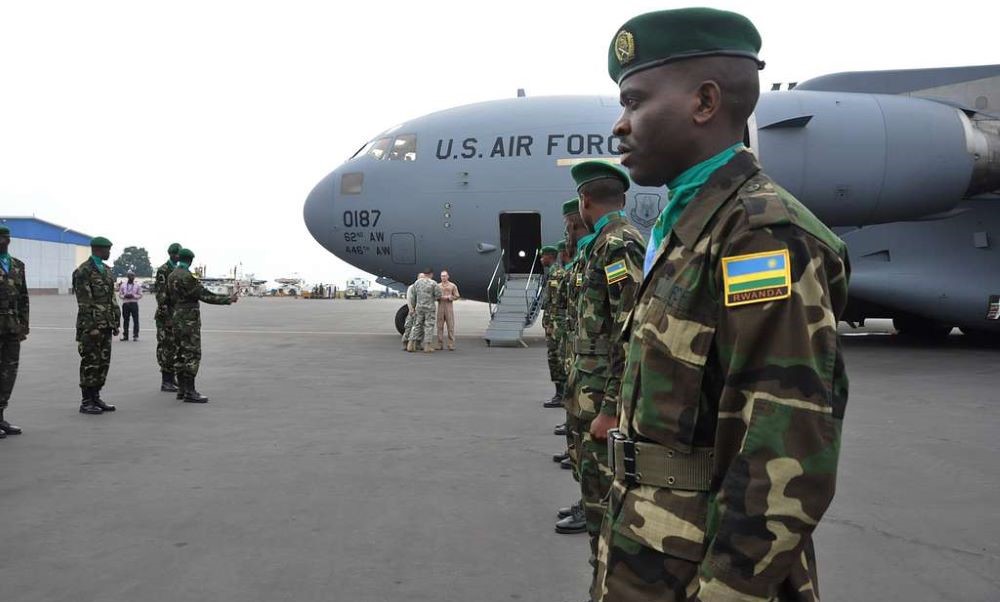High above Rwanda’s rolling hills and blue skies, a silent shield hovers unseen but vigilant. Few Rwandans ever glimpse the inner workings of their Air Force, yet in a world where threats come from the sky as often as the ground, this branch of the Defence Force is one of the nation’s most critical guardians.
The new Presidential Order No. 014/01 of 25 August 2025 finally lays bare how Rwanda’s Air Force is built and what it does. It is composed of three main elements
They are Air Groups, the operational wings that carry out missions, Protection Force Brigade, tasked with safeguarding Air Force assets and installations and the Air Force School, a training hub where pilots, engineers, and specialists are molded.
The Air Groups themselves are subdivided into two including Air Defence Group, that is responsible for intercepting and neutralizing threats from the sky as well as Air Support Group, which provides assistance to ground troops, humanitarian missions, and logistical operations.
Each Air Group then cascades further down into Wings, Squadrons, Flights, and Elements, layers that allow the RDF to manage everything from a fleet of fighter jets to a single drone.
Responsibilities beyond dogfights
Many imagine air forces only in terms of fighter jets shooting down enemies. While Rwanda’s Air Force is indeed tasked with defending the country’s airspace, its responsibilities stretch far wider.
They are humanitarian support, which include airlifting supplies during disasters, conducting search-and-rescue missions, and even firefighting when necessary plus civil aviation support by working with civilian agencies to manage Rwanda’s airspace safely.
The Air Force also supports in disaster response abroad where they provide aid in foreign countries during international emergencies. In brief, the Air Force is not just about combat; it is about mobility, rescue, and national resilience.

The strategic role of Aircraft
The Presidential Order explicitly classifies fighter jets, helicopters, and drones as part of Rwanda’s military assets.
This reveals just how seriously Rwanda takes its aerial capabilities. While the exact numbers and models remain secret, the mention of unmanned aerial vehicles (UAVs) confirms Rwanda’s investment in modern technology.
Drones in particular have changed the face of warfare globally, offering surveillance, precision strikes, and humanitarian delivery without risking pilots. Their inclusion in Rwanda’s legal framework is a sign of forward-thinking.
The human side of the Air Force
What is often overlooked is the Air Force School. Behind every jet, helicopter, or drone is a person trained to operate, maintain, and strategize. Rwanda’s investment in structured education ensures that its Air Force is not just equipped but also constantly replenished with skilled professionals.
For an ordinary Rwandan, the skies may seem peaceful. But that peace is maintained precisely because there is an invisible web of defense at work. Whether it is preventing an intrusion, delivering aid after floods, or supporting international peacekeeping missions, the Air Force is a guardian most people never see but always rely on.
A shield above
The Presidential Order pulls back the curtain on a reality often hidden: Rwanda’s Air Force is more than a military branch, it is a safety net, a deterrent, and a symbol of sovereignty. When you look up at a passing helicopter or a silent drone, you are glimpsing not just machinery, but a nation’s will to defend itself, swiftly, silently, and from above.

